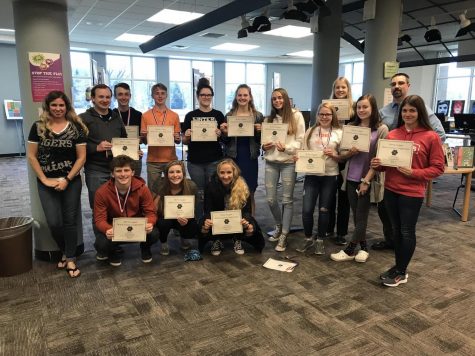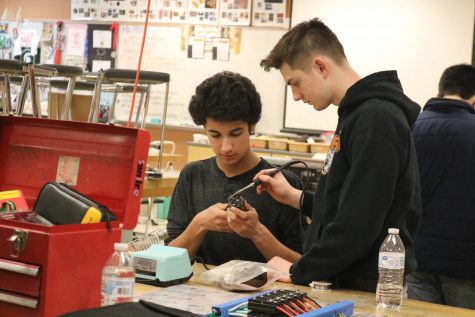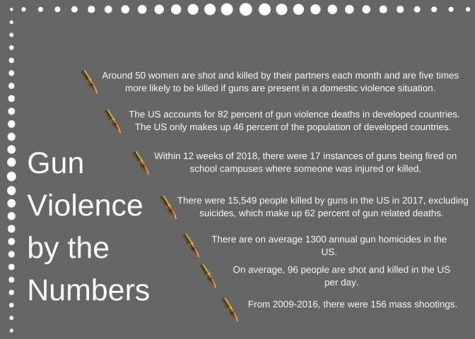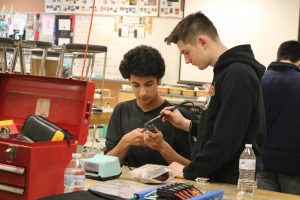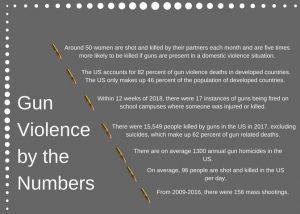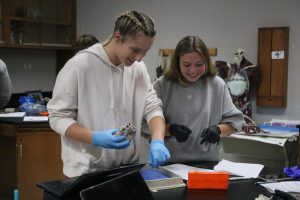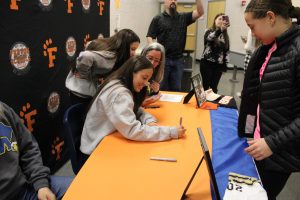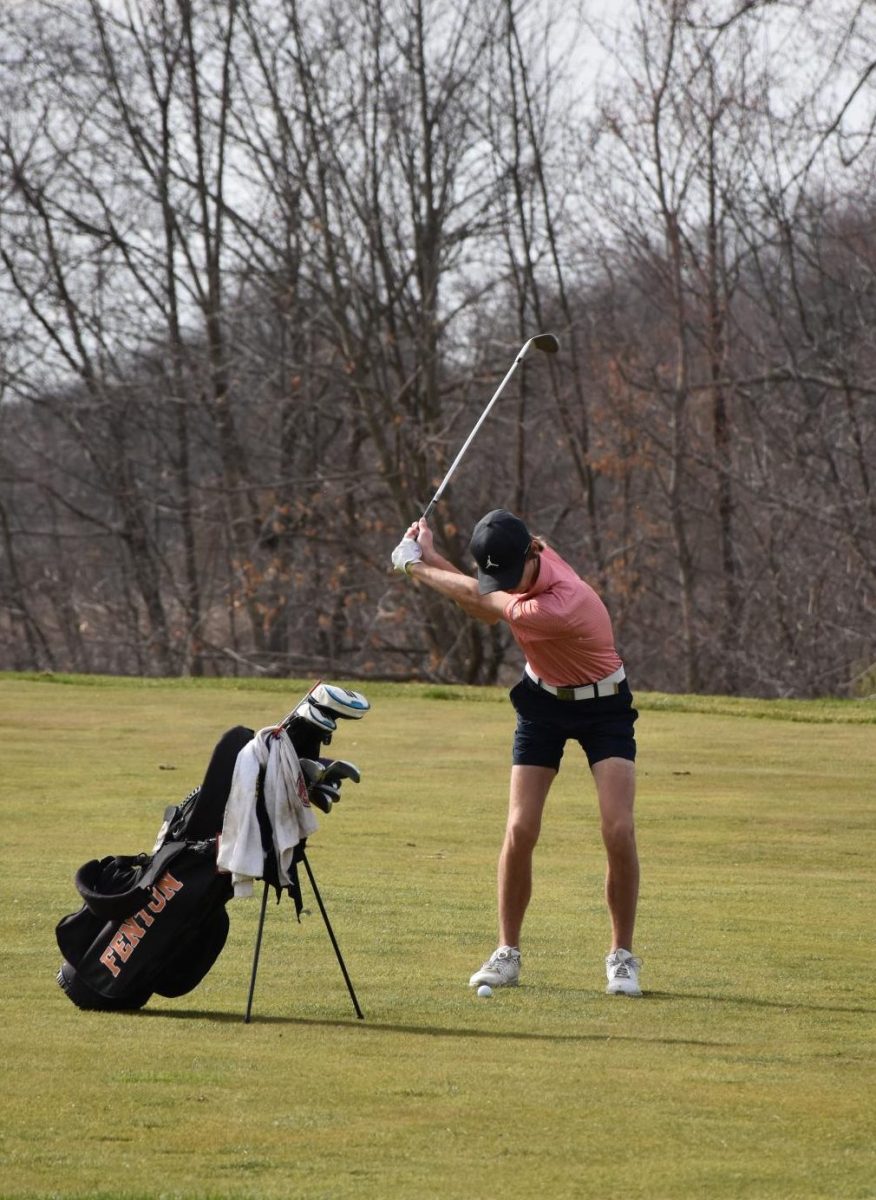When reality is not real enough, conspiracies emerge
April 10, 2018
Media headlines are plastered with a foggy picture of a triangle of lights in the sky believed to be aliens. Another article says the Sept. 11 terrorist attacks were an inside job, while a third announces the existence of shape shifting reptiles and the government’s use of technology to brainwash the population. Conspiracy theories show that a few people are beginning to question science in order to obtain what they perceive to be the truth.
“I think conspiracy theories are fun to mess around with; food for an idle brain,” English teacher Brett Mead said. “I don’t know if there’s any true evidence behind them, or else it wouldn’t be a conspiracy theory. The thing about theories is that we manipulate facts to fit our conjecture, our idea. When we try to problem solve, we do the opposite, we try to fit conjecture to facts.”
People often only believe in things they personally see, whether through a camera or their own eyes, and use this reasoning to declare some theories false. However for some, their personal experiences are the reason they believe certain theories.
“Bigfoot and the lochness monster are big conspiracy theories,” World History teacher Matt Place said. “I went to lochness this past summer, but I didn’t see any sign of him, so I’m not much of a believer. Now bigfoot is something else. I’ve been looking for bigfoot before. I do believe in aliens, though. I am deathly afraid of being in a forest by myself. I have seen a UFO before. The same one I saw was spotted over Las Vegas. It looked like a triangle of lights. I spotted it while I was in Turkmenbashi, Turkmenistan.”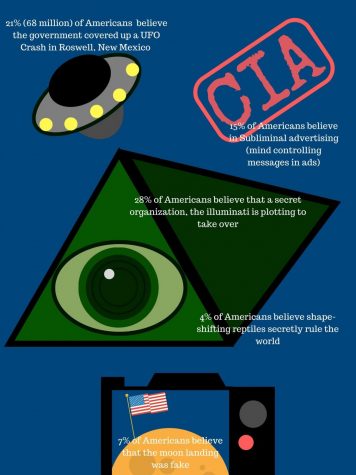
Even though conspiracy theories often contain grand pyramid schemes that encompass an entire nation, towns also have locally-based conspiracy theories.
“The biggest theories I’ve heard of are the lunar landing; did we really land on the moon?” Mead said. “There’s also the JFK assassination and area 51 (where the US allegedly kept UFO and alien remains, later moved to Fort Knox). Probably my all time favorite local theory is about Mr. Place’s involvement with the CIA. This is his day job; a quirky history teacher. In reality he is an agent who works for the CIA, a top operative, a specialist for destabilizing foreign governments and economic markets, codename “Khaki.” Just look at the destabilization of Venezuela or the coup in Peru.”
There are some people who trust in conspiracy theories because the story that is popularly perceived as reality does not seem concrete enough.
“I’ve heard that there are lizard people living amongst us, like Mark Zuckerberg,” freshman Remington Stapp said. “Or that the moon landing was fake and that the earth is Flat. In my personal belief, I believe that the Earth is flat because there isn’t 100 percent proof that it is round. Only a select few have seen Earth from space and the government could have brainwashed them upon their return into thinking that its round. As well as the ‘photographic evidence is just a optical illusion created by the wide angle lense to simulate a round earth. Because this is all a simulation and the government is trying to find the smartest people (those who figure out the Earth is flat) to help conduct more experiments on the common people.”
Certain conspiracy theories may seem over-the-top; however people face the most abstract ideas in every aspect of life, including science, a subject that is understood to consist of cold, hard fact. Amidst these wild ideas, it all boils down to how the individual chooses to interpret the world and all the mystery it contains.

